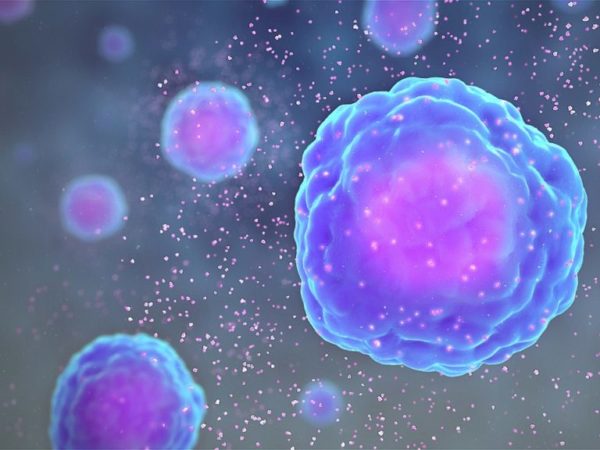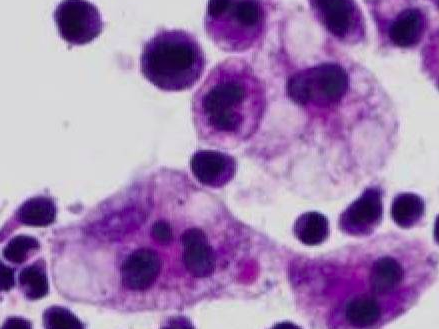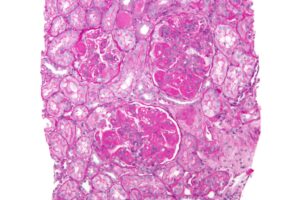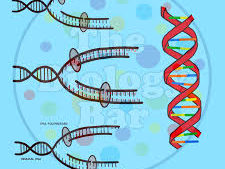Projects for a rotation, thesis, or clinical fellowship research requirement are available!
Nrf2-HO-1 axis in TLR inflammation
Novel pathways to regulate immunity
Heme Oxygenase 1 (HO-1) is an enzyme that breaks down heme in free iron, bilverdin, and carbon monoxide. Turns out, its activity also has significant modulatory effects. We are currently working on elucidating the biochemical mediators of HO-1 effects on the immune system. We are also interested in understanding how its transcription factor, Nrf2, can be leveraged pharmacologically to treat inflammatory diseases.

Non-immune mechanisms of
Interferon gamma
New looks at old cytokines
Interferon gamma (IFNg) is the central cytokine that drives hemophagocytic lymphohistiocytosis (HLH), a fatal cytokine storm syndrome of childhood. While we know that IFNg is the major cytokine that makes patients sick with HLH, it is still not clear how or why IFNg does this. We are using tissue specific deletions of the IFNg receptor to understand how this cytokine injures organs during HLH.
We are asking the same questions about local Type I IFN responses using spatial transcriptomics to look at kidney biopsies from patients with lupus nephritis.

Spatial transcriptomics in lupus
where are those genes expressed, actually?
Systemic Lupus Erythematosus is prototypical systemic autoimmune disease. Yet, despite its systemic nature, if often effects the organs in a very heterogenous way. Only certain parts of the skin develop a rash; only certain parts of the kidney may be damaged leaving normal kidney relatively spared only 100 microns away. While some of this heterogeneity is understood, much of it remains a mystery. New, spatially resolved technology allow us to look into this heterogeneity in powerful ways not previously possible. Spatial transcriptomics has allowed us to identify novel targets that correlate with local renal injury, and that we can take back into animals models of disease to better understand mechanism. Our hope is this may lead to new therapies in this area with massive unmet need.

Somatic mutations in immune dysregulation
these are the clones you are looking for…
Why do some patients presents with a syndrome complex that looks exactly like it should be part of a monogenic immune dysregulation syndrome and yet genetic testing is negative? We think that at least some of these patients may have somatic mutations in the hematopoetic compartment that leads to such disease and are working on new single cell techniques to identify those patients. Validation of such variants will also hopefully lead to new fundamental knowledge about how the immune system works in health and disease.

predictors of severe dengue infection
don’t worry, no bug spray required for this project
Dengue infection is a mosquito borne virus that affects 390 million people every year, predominantly in resource poor areas of the world. With climate change and changing mosquito migration patterns, Dengue infections are become increasingly common in more non-equatorial regions, including recent reports of local dengue transmission within the US by the CDC. Dengue infections can range from being asymptomatic all the way to life threatening severe dengue disease, formerly referred to as Dengue Hemorrhagic Fever. Severe Dengue results in a cytokine storm like syndrome (much like HLH) that causes multi-organ failure and coagulopathy. It tends to happen in people who have pre-exisitng antibody responses due to prior infections. However, a complete immunologic explanation for the mechanisms why some people get Severe Dengue is unknown. In collaboration with partners in the Dominican Republic, we are studying the immune landscape of Dengue infections in children to better characterize the immune response between different severities of Dengue infection using single cell RNAseq and serum proteomics techniques.
